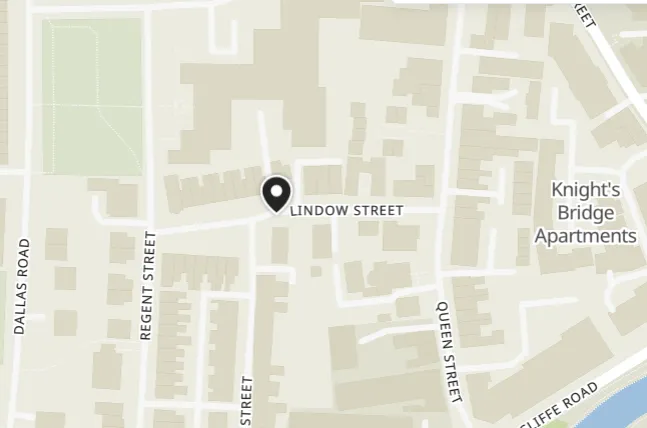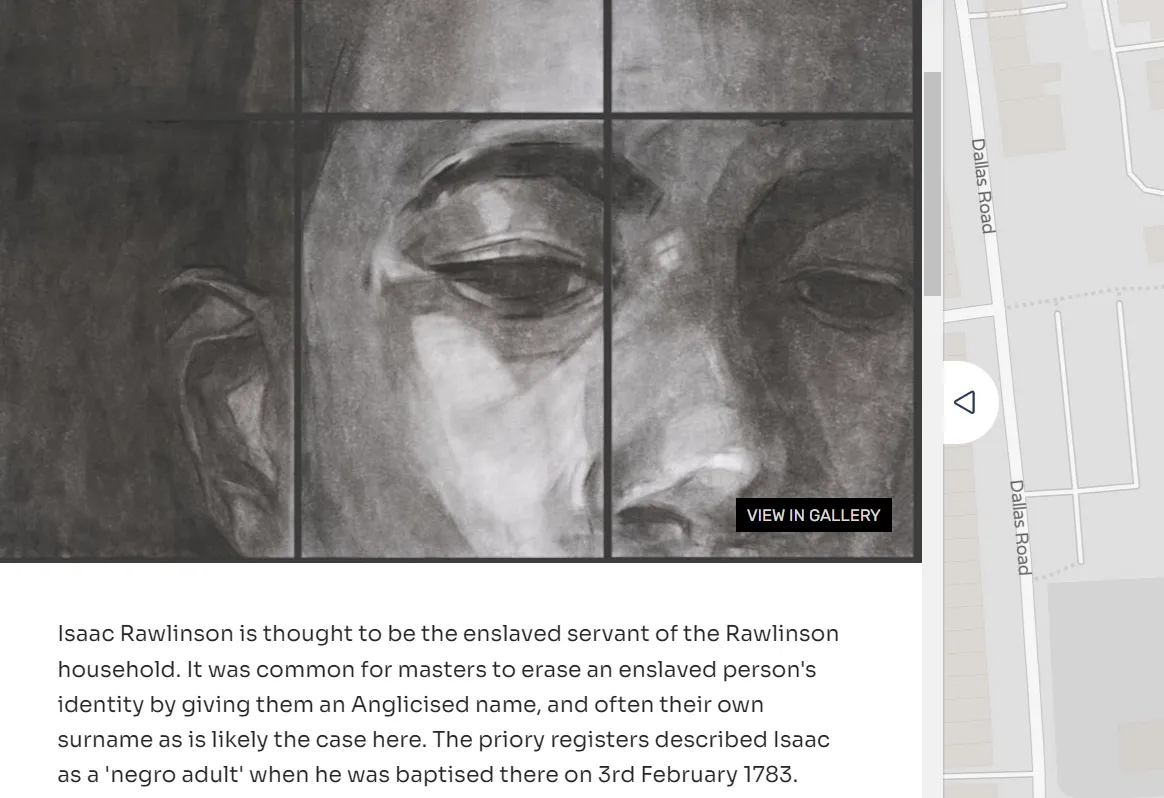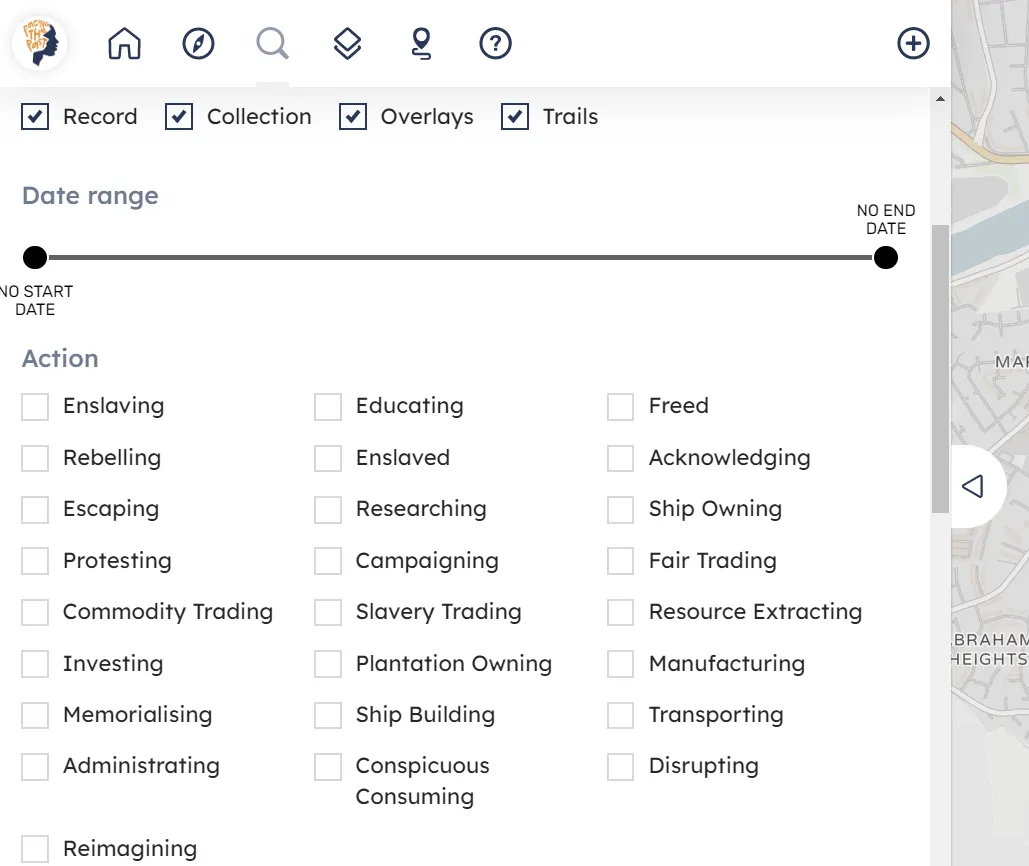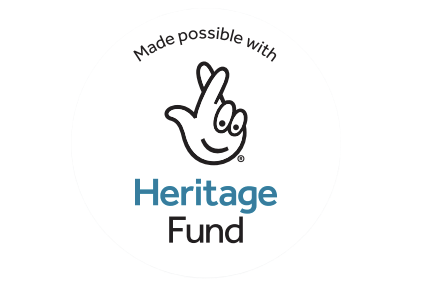
The Facing the Past digital map is an online resource that documents the complex involvement of the residents of 18th century Lancaster in trans-Atlantic slavery, and the ways that these histories have been memorialised. Traditional methods of recording history often separate people and events out into distinct, categorizable entities, based on their location or period of time. This has often prevented us from making connections, such as the wealth of a city and the origins of how that wealth was generated.
Traditional archival material is often written from the perspective of those in power, and much of the written records we have focuses on the lives of the slavery merchants, rather than the people they enslaved. Through the Lancaster Priory’s collection of baptism records, we know that enslaved people lived in Lancaster in the 18th century, but biases in how this history has been told has meant that their lives as individuals has often been overlooked.
We want to understand the complex social, political and economic systems that allowed trans-Atlantic slavery to operate so pervasively. To be able to draw those connections, the terms used to search the digital map focus on verbs, or actions, rather than nouns. We want to hold those people who enabled and sustained the business of slavery accountable, whilst at the same time, giving agency to those people who were enslaved and whose voices are often forgotten.
It is in the gaps we have to seek the voices of the people who were marginalised. In order to fill those gaps with alternate voices and narratives, we have been expansive in what material we have chosen to include. We have also chosen to document the work of people who have more recently researched, re-imagined and responded to this history to present a broader picture of Lancaster's past.
This includes artists like Lela Harris, whose current exhibition at the Judges’ Lodgings museum humanises some of the enslaved people, we know to have lived in Lancaster, by displaying their imagined portraits next to paintings of slavery merchants, whose commissioned portraits have long hung on gallery walls.
This is an approach that has been inspired by radical thinkers like bell hooks and Stuart Hall whose work reconsidered the framework through which we understand our history - from one that centred the perspective of white Europeans, to an expansive view that gives agency to the voice of people who have historically been othered. By taking this approach we hope to to join up our history so that we can map out how systemic inequality has become so ingrained, whilst using the digital map to actively disrupt this.
As a resource that anyone can contribute to, this map is a living archive; it reflects the fact that history is neither static, nor uncontested. The digital map will continue to change and evolve as more information about the city’s involvement in slavery becomes available, and as we as a community work to unravel the racist structures that have prevented this history from being in the public consciousness.
To learn how to contribute to the archive, we have some workshops coming up over the next couple of weeks. Keep an eye on our social medias for links to the Eventbrite booking pages. For any other information, email [email protected].

Some of our digital map collections.

The record of Isaac Rawlinson, who is thought to have been enslaved by the Rawlinson family, and his portrait by Lela Harris.

Examples of our verb search terms.

